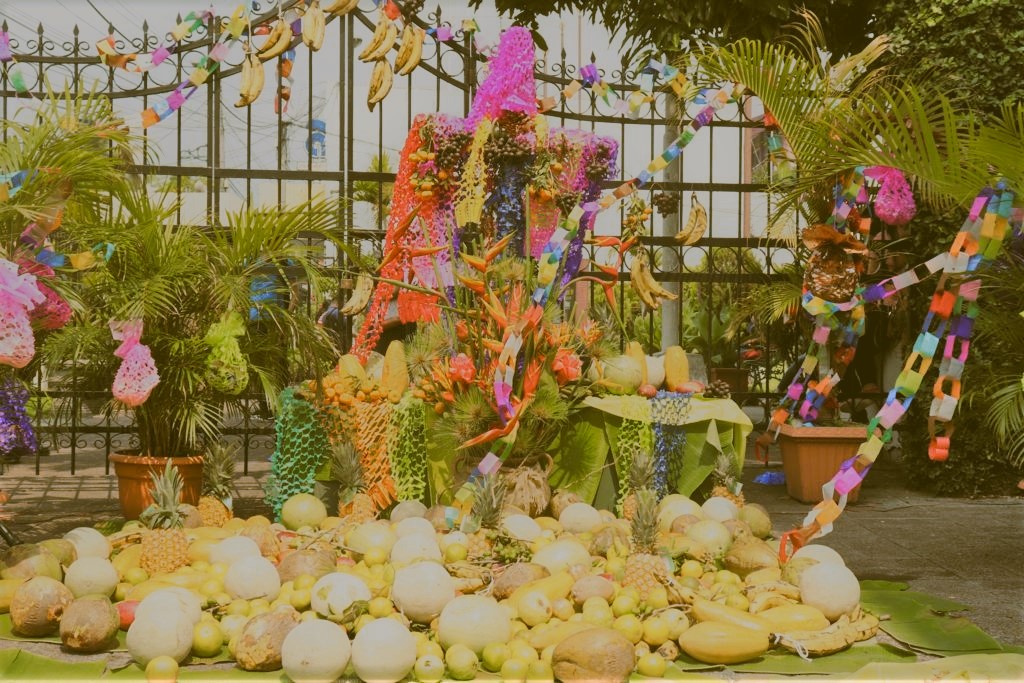By Marlon Chicas – El Tecleño Memorioso
Who does not remember with nostalgia those Days of the Cross in Santa Tecla?
Covered with solemnity and religious fervor, mixed with syncretism (fusion of Christian traditions with practices of our native peoples), and those legends that foreshadowed the presence of evil forces dancing at midnight in the house by not placing it inside it.
According to cultural researchers, the celebration of the Day of the Cross is a ceremony consistent with the religious customs brought from Spain, and combined with the tributes of our indigenous peoples to Mother Earth and especially to Xipe Totec (El Desollado), considered the god of war, agriculture, fertility and spring.
This solemnity dates back to the 2nd century AD, when Saint Helena searched for and found the cross on which Jesus died on Mount Calvary. Once found, she decided to divide it into three parts: those she sent to Rome, Jerusalem and Constantinople respectively; In the year 700, the fraction that belonged to Jerusalem was stolen by the Persians and returned on May 3, 1816 by the Emperor Byzantium Constantine, which is why this date was established as the Day of the Cross.
In Santa Tecla, it is customary on May 3 to place it in homes, markets, churches, schools, and public places, using jiote sticks, decorated with tissue paper or colored plastic. In many homes, mothers or grandmothers are in charge of decorating it, seeking to inherit this tradition to their children and grandchildren.
In the past, this solemnity became a colorful festival, since enormous chains of colored paper, curtains, feeders or other ornaments were made that gave nuance to this custom. In most Catholic temples, the Holy Cross was located in their main atriums, decorated with banners of various shapes.
An element that was not lacking in it was seasonal fruit such as jocotes, cashews, mangoes, bananas, oranges, tangerines, among others. This ceremony was the starting point for the rainy season. In the Tecleña schools, this date was eagerly awaited, since, after signing and venerating it, the products of Mother Earth were enjoyed.
Likewise, cultural events alluding to the occasion were held such as folk dances, marimba music, talks, among other activities. In the Tecleño neighborhoods the Holy Cross was installed in several homes, so some came to venerate it; others made house-to-house visits to take advantage of the holiday.
Like other traditions of our ancestral culture, its practice is being lost, so it is everyone’s responsibility to prevent this commemoration from being forgotten by not transmitting it to new generations. Let’s save our religious beliefs!

#Day #Cross #Santa #Tecla #Marlon #Chicas #Tecleño #Memorioso


